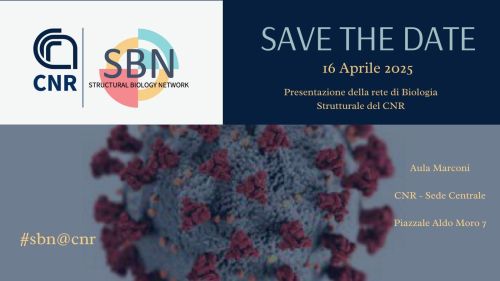|
The Institute of Molecular Biology and Pathology (IBPM) develops research in fundamental biology, with biotechnological applications in biomedicine, the environment and agrifood using interdisciplinary and multidisciplinary approaches. |
IBPM PLATFORMS AND NODES IN RESEARCH INFRASTRUCTURES
The CNR Structural Biology Network





